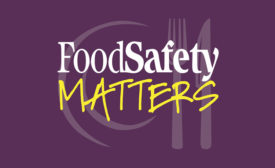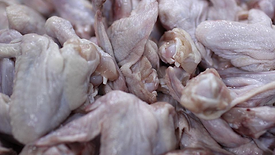Food Type
FSIS Reports 75 Percent Reduction of Salmonella in Poultry
However, the reduction has not translated to a decrease in salmonellosis cases associated with contaminated poultry.
June 27, 2022
Never miss the latest news and trends driving the food safety industry
eNewsletter | Website | eMagazine
JOIN TODAY!Copyright ©2025. All Rights Reserved BNP Media.
Design, CMS, Hosting & Web Development :: ePublishing










